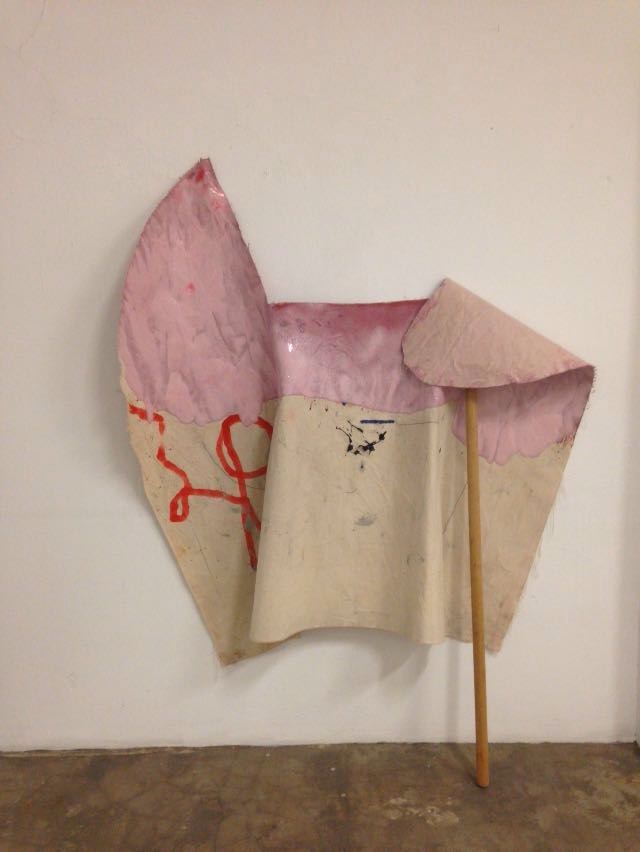Image 1 : Untitled 21, André Mendes, 2016, Vegetal polyurethane resin on canvas, 154 cm x 170 cm (60.6 in x 66.9 in)
Image 2 : Untitled 22, André Mendes, 2015, Vegetal polyurethane resin, 60 cm x 61 cm (23.6 in x 24 in)
Photos : Ricardo Fernandes
Tribune
Vitamine A: "A New Art Renaissance?"
by Ricardo Fernandes
The movement of Modern Art from the end of the 19th century to the mid-20th century in Europe has generated a long period of changes, which have applied to the present day around the world.
Last century, after the emerging of a tsunamicalled Contemporary Art during the fifties, there was a redirection throughout the art market and its aftermath in the 21st century. This phenomenon caused the overvaluation of Contemporary Art and artists born from the 1940s, projecting Contemporary Art ahead of important classic art movements and invoking a greater interest of the market by the so-called living artists. No longer exclusively focused on the European and American markets, Contemporary Art has been widely negotiated in other world poles such as South Africa, Brazil, China, Korea, the United Arab Emirates, India, Russia, Singapore and Taiwan…
In these new poles the volume of creation and featured artists grows proportionally to the turnover, in a strong rhythm.
As an example, large Asian auction houses, show us greater growth in relation to large Western auction houses, raising the volume of trade and investments in the sector. If we take China, for example, the major de-centralizer of Anglo-Saxon domination in art, possessing the card of a gigantic and avid domestic market for consumption, in a society of artistic vision historically developed, it is avid of what is new in the art world. China already takes art very seriously as one of the options of investment assets, raising the number of businesses and doubling attention to the art sector. Chinese art schools and art centers now accumulate gigantic enrollment lines, competing with traditional sectors such as law or technology, creating a wide range of education, directly linked to the Arts.
In relation to the graphics and prices of negotiation of artworks in the XXI Century, everything points to great variations, with predictions of values and negotiations much more complex than simple quotations that used to occur in a classic art market. There are upcoming artists presented with prices considered relatively high for an introduction and reaching very high sales figures, already managing to remain at those levels, overstepping many factors of career variation, recognition, position and artwork negotiations.
On the other hand, the market for artworks of medium prices, that is, works of values that allow acquisitions by collectors with smaller investment capital, also obtained a great market position during last years, since the interest for the art market grew in all scales of the society. It transformed Art into a profitable business and moved large financial volumes, maintaining large projects in the sector, especially in emerging markets. This recipe has been so certain that we already perceive some strong names in contemporary world art, making a kind of double jeuin art, keeping exclusive pieces to great collectors, but making accessible pieces available to the general market, proposing new means of penetration into medium and small collections.
One of the major trends to be observed is the new positioning of the artist in relation to the art business: today artists are supposed to be more aware, following a career of continuous production, competitive, within a new aggressive positioning of creation and presentation of their artworks, working together with their galleries. To this end, the role of the art-dealer becomes of essential importance, visiting ateliers, discovering, identifying and introducing new artists to the market, establishing quotations and negotiations with different levels of collectors, working with art institutions and, finally, promoting the artworks to reach recognition and life in itself. A good art-dealer defines most of the commercial success of the artist, being obligatorily an expert tuned with the information.
In the 21st century, and following so many changes of general influences in the profile of artists, we seek with open eyes the determinant and historical cycles of these movements, acquiring a position of curiosity and research before the facts. Artistic expressions, technology, market … are we living a new Art Renaissance without even noticing it?
Ricardo Fernandes, 2019
The Association of Art Museum Curators (AAMC), New York, EUA
Association Internationale des Critiques d’Art (AICA), Paris, France
Association for Art History (AAH), London, UK

